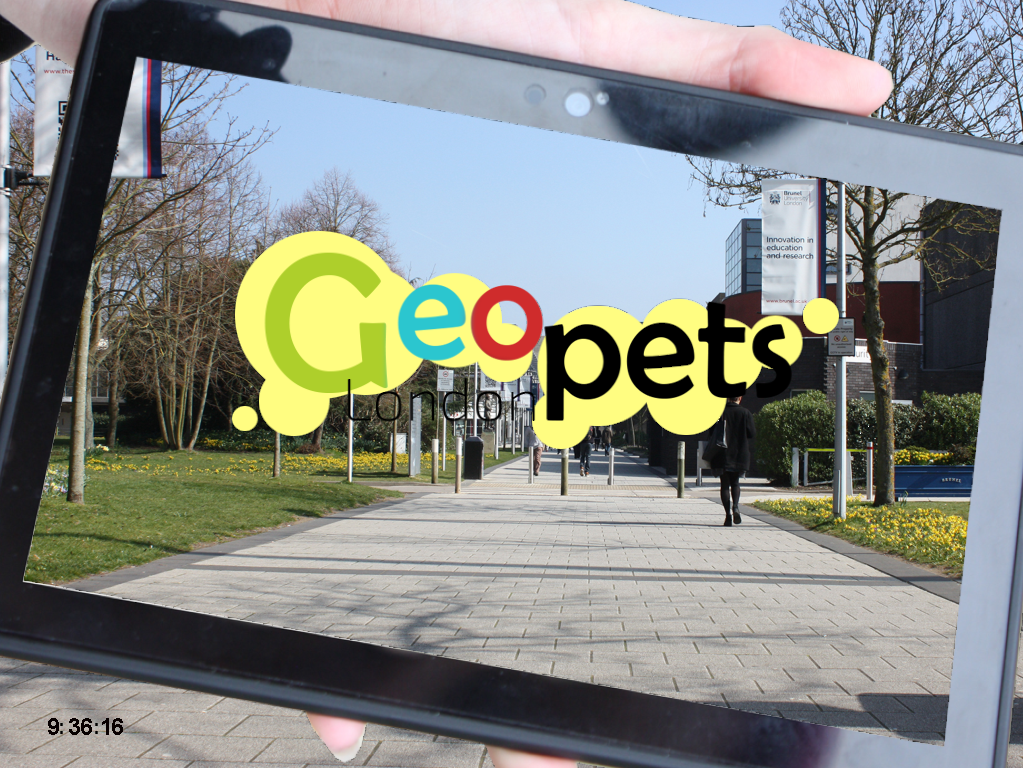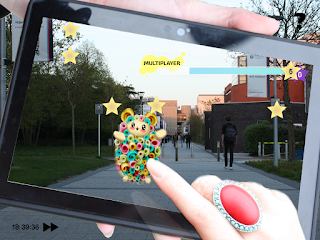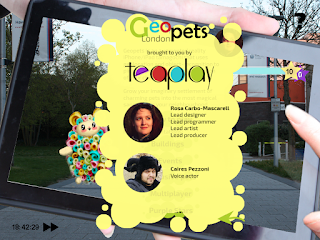Most of the month started with one big content rush to complete the pre-alpha stage of my game in time for playtesting day and the rest was spent implementing feedback and getting supportive friends and family to review my written submission. In that time I managed to polish my writing, to make sure my points came across clearly and thoughts flowed smoothly. Also I made some major changes to the UI and fixed bugs in the game. More of that can be read about on the playtesting day blog entry. On the 23rd, I successfully submitted my masters dissertation.
Overall I feel very proud of what I've managed to achieve in 4 months. I think the power of environmental storytelling and games as an expression of an artist's subjective state is an area that is only just flourishing in the games industry. Being able to dedicate an entire semester to psychogeography in games has been very enriching and I've had so much fun immersing myself in the spirit of the Romantics.
There were also challenges in spending four months on independent research and development. When working on a solo project, self management became such an important task in assuring the health of the project and myself. It was thanks to all the Gantt charts and sticky notes that I didn't have to take an all nighter at any point. A vast improvement from the weekly all nighters when undertaking my architecture undergraduate. The input of others also became invaluable to the short-sightedness that often occurs when working alone. That includes not just the kind friends and family who took the time to read and/or playtest my dissertation, but also those that asked me in passing what my project was about. Being able to describe it in a sentence or two really helped me put the project in focus and perspective.
Should my dissertation be deemed worthy by my professors, I plan on taking my work onto more public platforms. With so much great feedback, including this very well written and humbling review by Jack Lowe, I'm hoping to optimize my game for tablets by the end of the year. I'd love to be able to go to events and gatherings and pop out the game for others to play. As it is such a short piece (now that the key issue has been fixed) it would work quite well as a self contained experience.
All in all, it has been a very rich year and I am incredibly melancholic it is over. This course had not only helped me gain confidence in my game design skills but has also been the seed of lasting relationships and budding opportunities. We are a cool class and I have no doubt we are all going to do some amazing things. As for my own path, I have moved down to Brighton where I will be starting my volunteership at 4 times BAFTA nominated and all round geniuses, Blast Theory. In the meantime, look out for blog posts on cool indie games events and artist's happenings in London and Brighton.
And bring on the next stage!
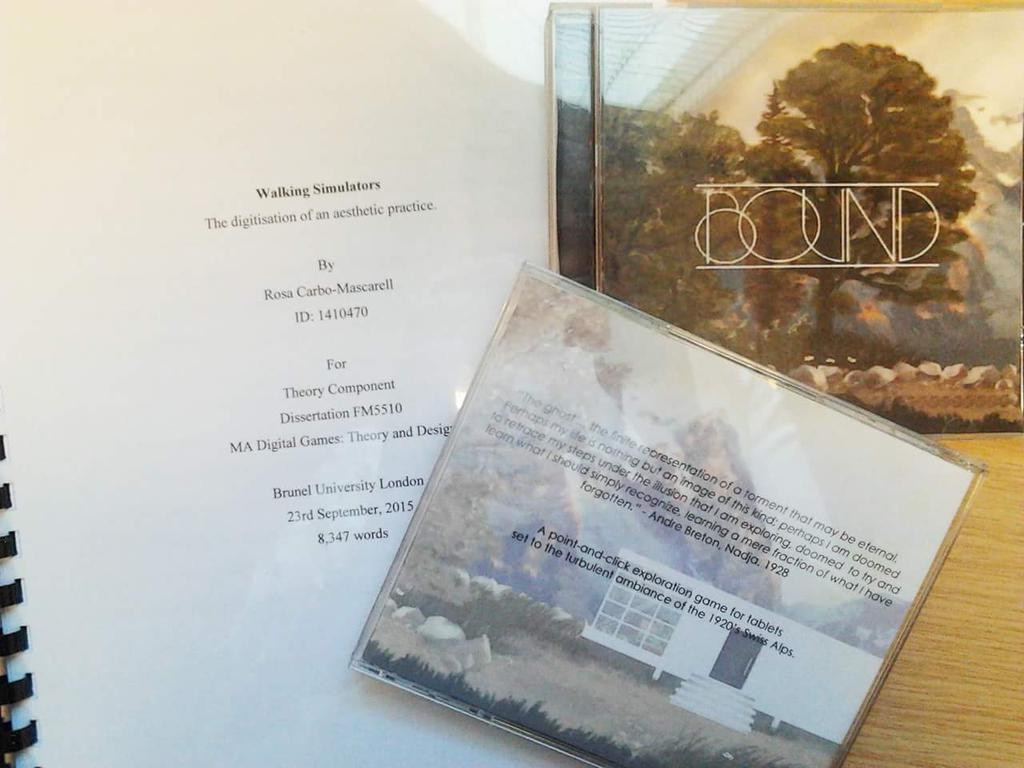
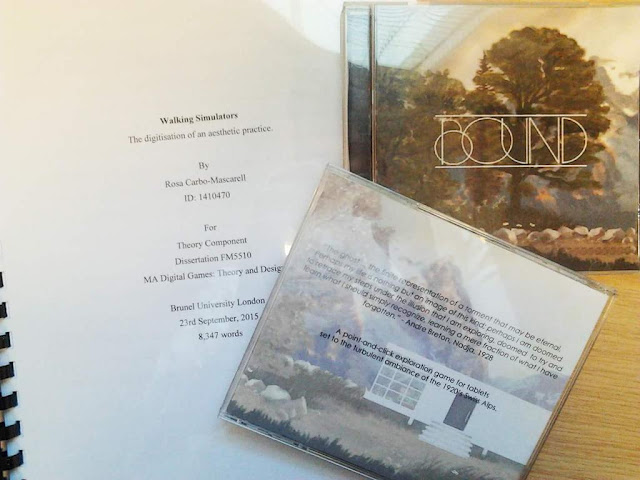
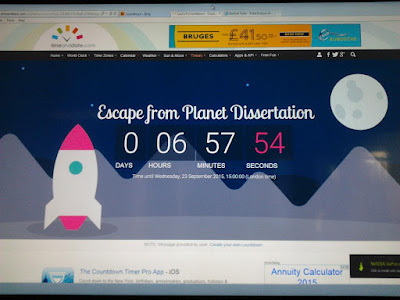
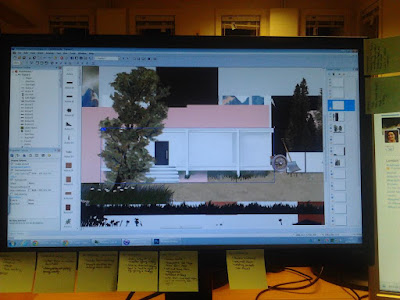
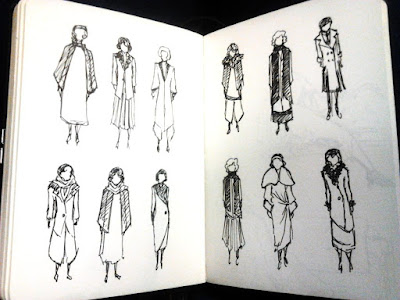

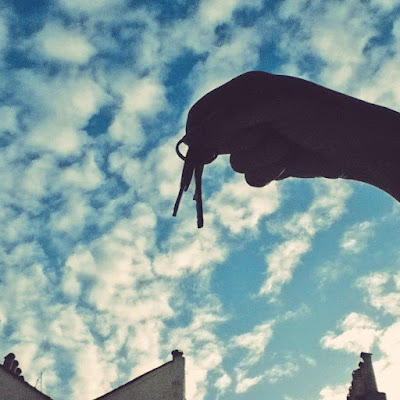
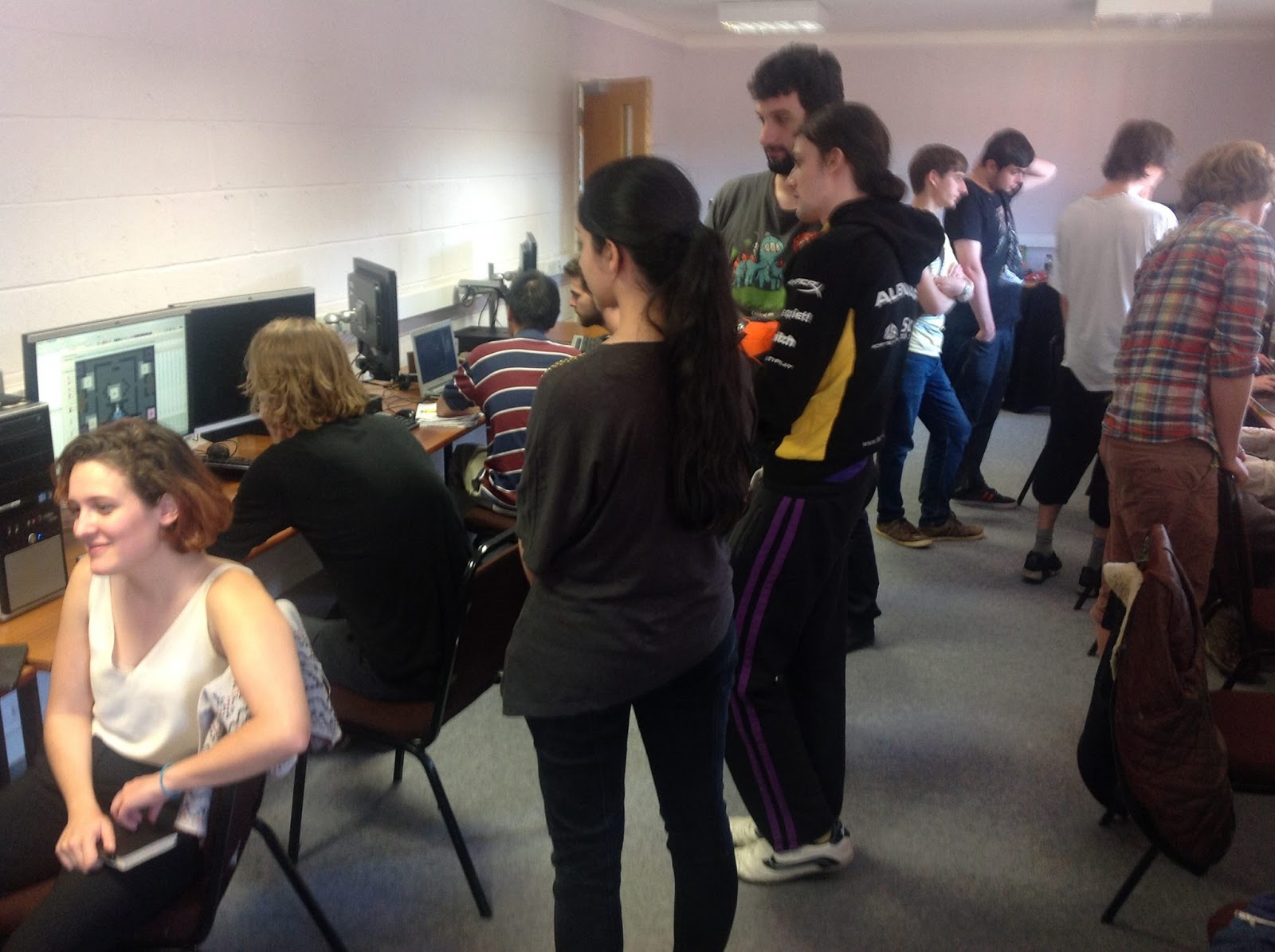






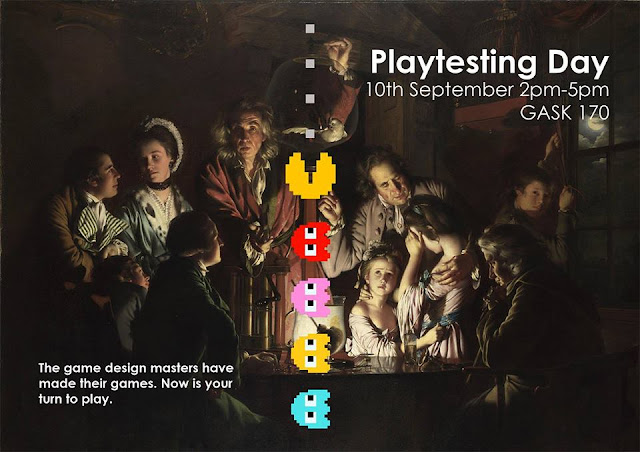
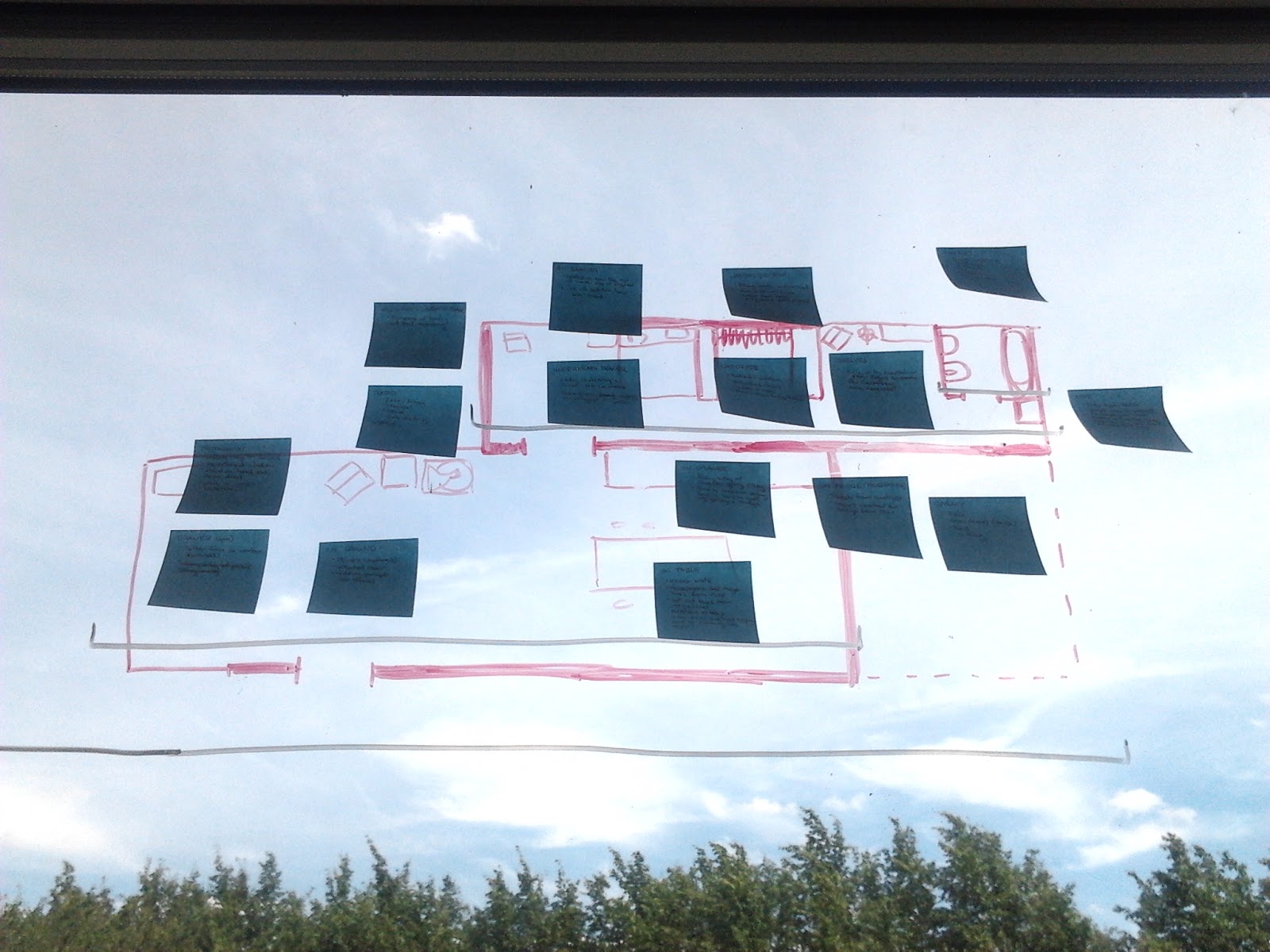




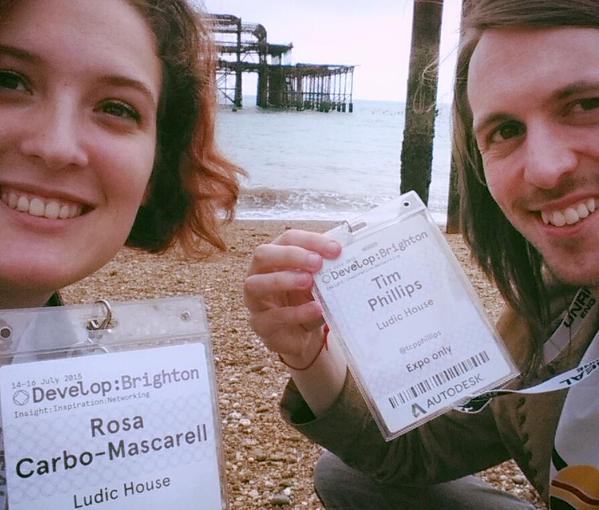
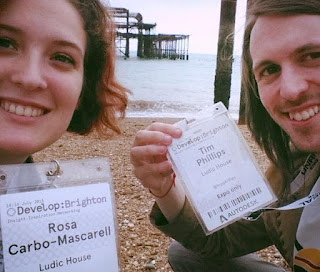
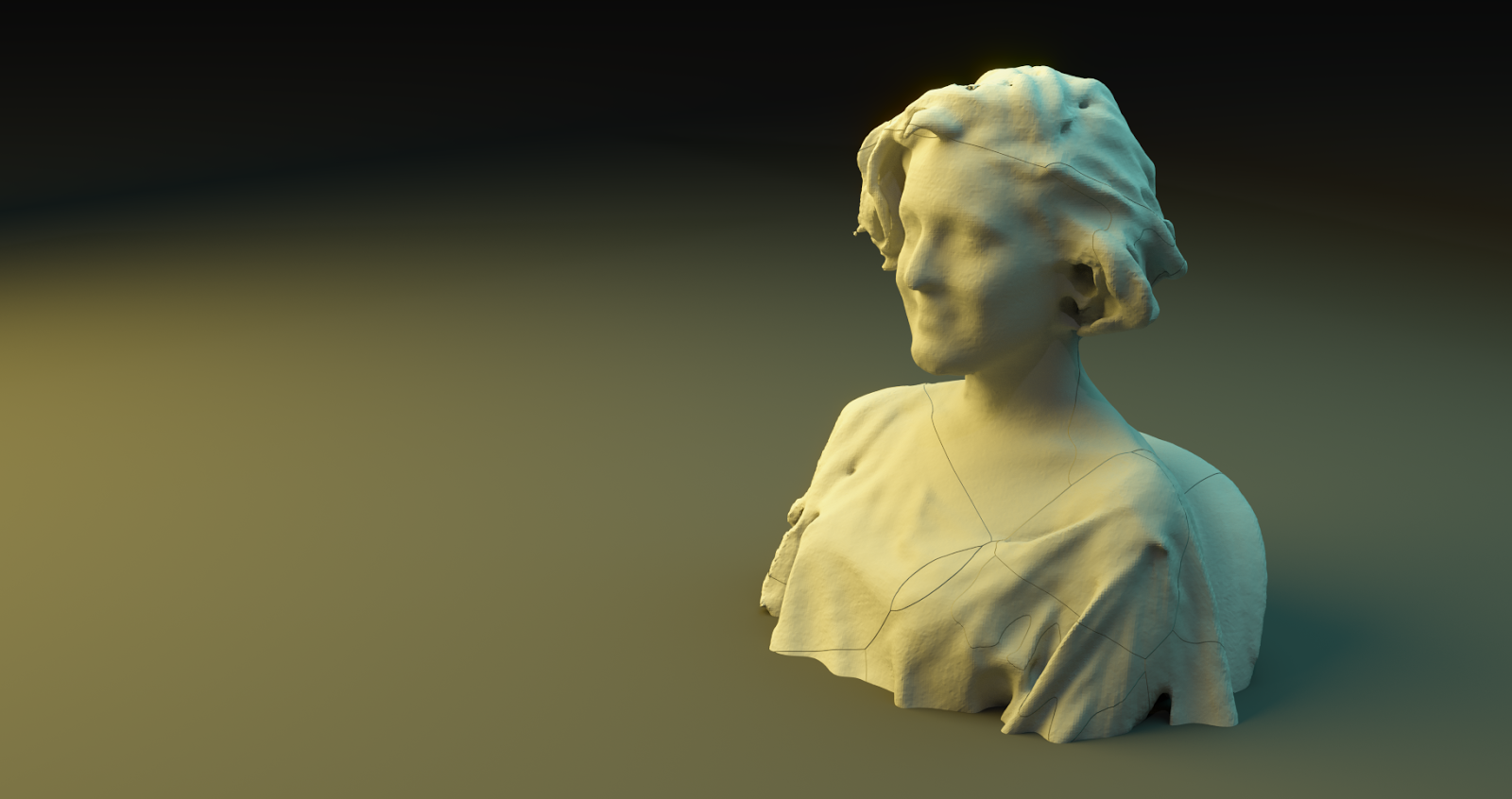


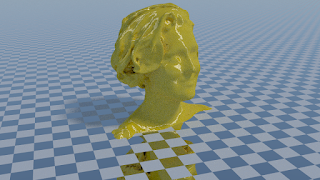



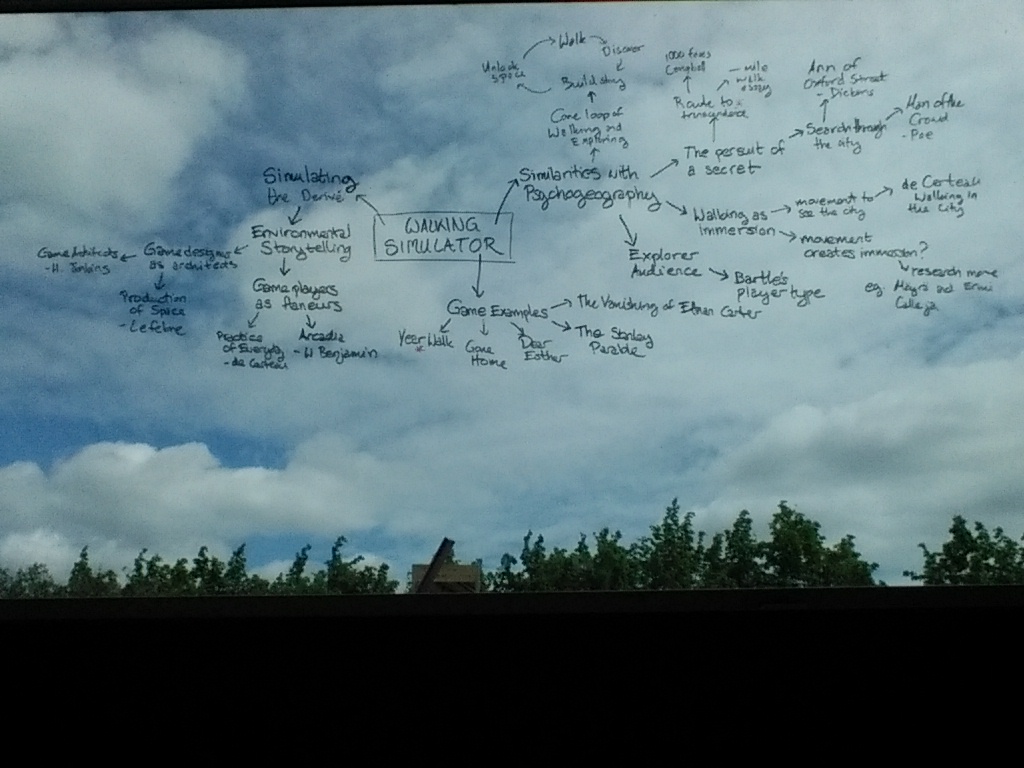
![IMG_20150522_141634[1]](https://rosacarbo.co.uk/wp-content/uploads/2016/03/IMG_20150522_1416341-1024x768.jpg)
![IMG_20150525_124053[1]](https://rosacarbo.co.uk/wp-content/uploads/2016/03/IMG_20150525_1240531-1024x768.jpg)
![10447872_10152100277102035_1970005512417920652_n%255B1%255D[1]](https://rosacarbo.co.uk/wp-content/uploads/2016/03/10447872_10152100277102035_1970005512417920652_n255B1255D1.jpg)





